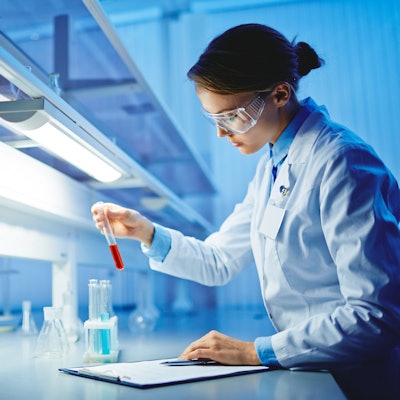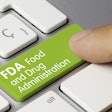
The market for IVD tests is vital and rapidly changing, with IVD tests serving as a gateway to numerous other healthcare segments. In 2020, the IVD market was impacted in multiple ways by the COVID-19 pandemic, according to a new report from Kalorama Information.
 Bruce Carlson from Kalorama Information.
Bruce Carlson from Kalorama Information.Among other information and individual test segment reporting in the more than 1,800 page report were the following five facts:
1. The global IVD market exceeds $83.3 billion.
The IVD market is an $83.3 billion-dollar market worldwide, and 2020 was expected to be a revenue growth year for IVD under any circumstances. There has been great progress in companion diagnostics, next-generation sequencing technologies such as liquid biopsy, colon cancer screening, and new biomarkers. This is reflected in higher revenue estimates for the market.
2. IVD influences over $8 trillion in other markets.
While the IVD market figure of $83 billion is large, it's important to note that the interest generated by the IVD industry comes from its influence on other markets. It is a gatekeeper of at least five healthcare segments, and likely more -- most notably the pharmaceutical market, where companion tests are used to optimize and monitor therapy. It is also important for the physician and hospital service markets, which represent $6-$8 trillion in revenue depending on estimates. Markets for clinical lab services, biotech research, and healthcare IT are also influenced by what happens in IVD.
3. COVID-19 testing added $9 billion to the IVD market's value, most from PCR.
Ostensibly, this is the largest increase in Kalorama's two-decade history of documenting the IVD market. However, the bulk of growth in 2020 (from $74 billion to $83 billion) is expected to come from pandemic-related testing for COVID-19. This testing is estimated at $9.040 billion dollars. Most of this comes from molecular reverse transcription polymerase chain reaction (RT-PCR) tests for the virus.
It is beyond the ability of our analysts or most predictors of healthcare markets to predict the path of the virus or treatment outcomes. Some attention must be given to these factors for short-term forecasts. Given the number of variables -- vaccine development, an effective antiviral drug or a significant reduction in cases worldwide for other reasons -- it is not clear how far into the future accelerated volume for PCR and antibody testing will continue.
4. Cancer testing is down but long-term still represents a growth opportunity.
Many areas of testing took a hit with the COVID-19 pandemic. One of those segments that was hardest hit was cancer preventive and detection tests, particularly histology. Kalorama believes the market for these tests is down 8.3% between 2019 and 2020.
However, the lost test procedures and physician visits are slowly being compensated for with reopenings and remote work; growth in in situ hybridization will remain above the IVD market average at 6% growth. HPV molecular testing was impacted by coronavirus-related causes per Kalorama's surveys, but we project growth in this market at 13%. Cancer prevention must and will continue and any decreases are temporary.
5. A few companies own most of the market, but opportunity is there for others.
IVD is a market controlled by a few top companies; Kalorama estimates that 19 companies earned 68% of the revenue. Among these are IVD leader Roche Diagnostics but also Abbott, Siemens Healthineers, Danaher, bioMerieux, Qiagen, Quidel, Bio-Rad, Thermo Fisher Scientific, and others.
Even in COVID-19 testing, consolidation is reflected. Products from about 10 companies (Roche, Abbott, and Cepheid, among them) were among those favored by labs to do SARS-COV-2 testing, at least in the U.S., per a recent Association for Molecular Pathology survey. Due to perfection of production, expert distribution, and acquisition of companies, a select group of companies dominate IVD.
What does that mean? Less than one might think. There's still opportunity in the IVD industry. The remainder of the market is held by hundreds of companies, some of which specialize in specific test segments and others that serve their local markets.
The IVD market remains dynamic, with constant innovations. The IVD industry sees high research and development spending, and there is routine interest from venture capital firms in diagnostic products.
More information can be found in the 13th edition of Kalorama's IVD market report, "Worldwide Market for In Vitro Diagnostic Tests."
Bruce Carlson is the publisher of Kalorama Information, part of Science and Medicine Group.
Disclosure: LabPulse.com is a sister company of Kalorama Information.



















